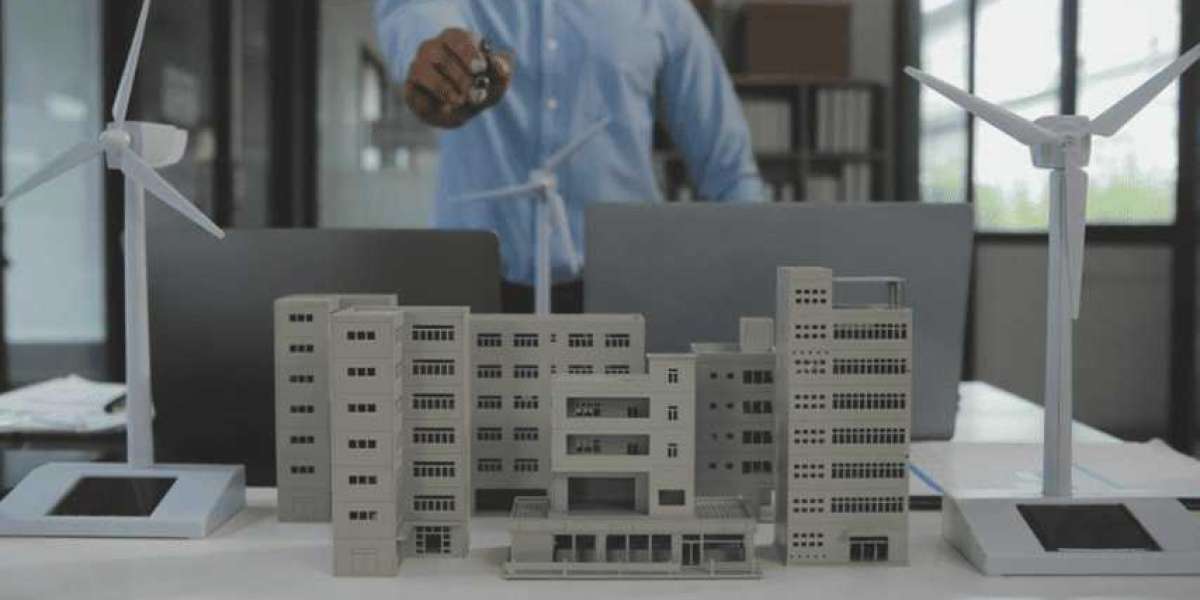Curved interior forms have become a defining element of contemporary and luxury design in Dubai. Whether in high-end villas, boutique hotels, or retail flagships, curves are used to soften spaces, enhance flow, and introduce elegance. These organic shapes help create a sense of movement and sophistication that straight lines often lack.
However, translating these complex geometries into physical representations poses several challenges. In model making for Dubai interiors, replicating curved forms requires advanced techniques, material flexibility, and high craftsmanship. These challenges must be addressed carefully to ensure design accuracy and client satisfaction.
Understanding the Appeal of Curved Forms in Dubai Interiors
Dubai’s modern interiors often feature curved ceilings, walls, partitions, furniture, and even lighting structures. Inspired by nature, tradition, or futurism, these forms are used to create softness and fluidity. In hospitality or retail settings, curves guide people intuitively through the space. In residential interiors, they offer comfort and visual harmony.
Curved forms also reflect cultural motifs. Domes, arches, and rounded corners are found in traditional Emirati architecture. Their modern reinterpretation often appears in contemporary interior design across the city. While curves add artistic value to design, they present significant complexities when recreated in small-scale models.
The Precision Challenge of Scaling Curves
The first challenge in model making Dubai interiors with curved features is achieving scale precision. Unlike straight lines, which are easy to measure and reproduce, curves require careful scaling to maintain their proportions and angles. A slight miscalculation in the arc’s diameter or depth can alter the perception of the form entirely.
For example, a curved ceiling feature that softly dips toward the center must be scaled down in a way that preserves its smooth transition. If the curve is too sharp or too flat in the model, it misrepresents the actual design intent. Achieving this precision calls for accurate measurements, curve mapping, and often multiple test cuts.
Material Limitations in Mimicking Curves
Not all model making materials bend easily. Most interior models in Dubai use foam board, acrylic, resin, or 3D printed components. While these materials are versatile, they each have limitations. Foam board can buckle under pressure, and acrylic may snap if forced into tight curves. Thicker materials also resist forming small-radius bends without visible stress marks.
Model makers often need to choose materials specifically suited for bending or cut layers in thin segments that can be shaped gradually. In some cases, special techniques such as vacuum forming, laser scoring, or thermoforming are used to shape plastic materials. These methods add time and cost to the process but are essential when curves are central to the design.
Achieving Smooth Surface Transitions
Another challenge in replicating curved interior forms is achieving smooth surface transitions. Curves rely on continuity. They must appear fluid and uninterrupted. Any visible seam or step disrupts this illusion. In a physical model, even the smallest misalignment can be noticeable due to the scale.
For instance, a spiral staircase or a curved reception desk must be finished seamlessly. This requires precise cutting, careful sanding, and sometimes the use of filler or putty to hide gaps. Model makers in Dubai often hand-finish curved elements with extreme care to preserve the smooth aesthetic of the original design.
Representing Complex Compound Curves
Some interior elements include compound curves—surfaces that curve in more than one direction at the same time. These are often seen in sculptural walls, fluid furniture pieces, or organically shaped ceilings. Replicating such curves in a model is highly technical.
Compound curves can’t be achieved with a single flat cut or bend. They must be built using layered segments or formed through advanced 3D printing techniques. This process demands both digital precision and craftsmanship. It may also require specialized machinery that not all model making studios have in-house.
Time and Labor Constraints
Curved features take more time to produce than flat ones. The additional steps for bending, sanding, assembling, and finishing can significantly extend project timelines. In Dubai’s design scene, where fast turnarounds are often required for presentations or exhibitions, these time demands become a real challenge.
Model making teams must manage tight deadlines while ensuring the curves look accurate and polished. This requires detailed planning, a skilled workforce, and sometimes overtime labor. It also raises project costs, which need to be justified to the client based on the design complexity.
Transport and Durability Issues
Curved elements in models are often more fragile than straight components. Their thinner edges or arched shapes make them vulnerable during handling and transport. Even minor bumps can distort or damage the form. For this reason, curved models often require custom packaging and additional support structures.
Model makers in Dubai must factor in how the model will be transported to the client, displayed, and stored. Extra effort is needed to ensure the model arrives in perfect condition and maintains its integrity over time, especially if it will be reused in multiple presentations.
Visual Accuracy Under Different Lighting
Curved forms behave differently under light. They cast soft shadows, create gradients, and reflect light in subtle ways. In architectural models, this visual behavior is essential to communicate the real-life impact of the design. If the model’s curve isn’t accurate, the lighting will behave incorrectly, leading to misinterpretation.
Some studios in Dubai include miniature lighting setups in the models to simulate real-life illumination. This requires precision in both the curve and the lighting angles, which adds another layer of complexity to the modeling process.
Conclusion
Replicating curved interior forms in model making Dubai interiors presents a range of technical and artistic challenges. From scaling and material shaping to achieving seamless finishes and realistic lighting effects, each step requires advanced skills and specialized tools.
Despite these challenges, curved forms are vital in expressing modern and cultural aesthetics in Dubai’s interior spaces. With careful planning, high craftsmanship, and innovative techniques, model makers bring these elegant forms to life, allowing designers and clients to fully experience their impact before construction begins.







